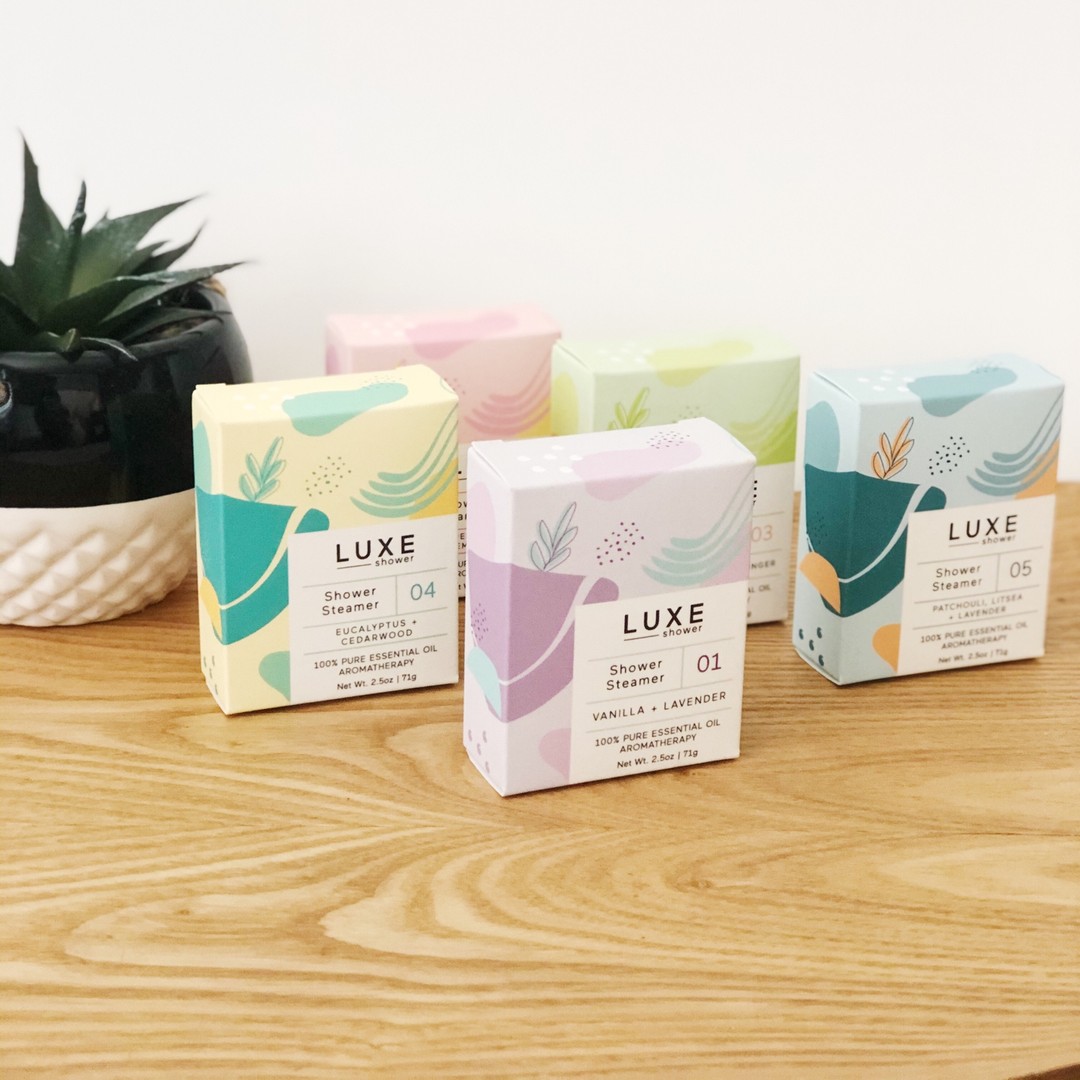¿Cuál es la diferencia entre una caja plegable y una caja de cartón ondulado?
Tabla de contenido
In the world of packaging, understanding the distinctions between different types of boxes is crucial for businesses aiming to optimize their product presentation and shipping processes. Two common forms of packaging are folding cartons and corrugated boxes, each serving unique purposes and applications. While both are essential in their own right, they differ significantly in terms of materials, intended use, and structural integrity. This article will explore these differences in detail and highlight important features to consider when choosing between cajas de cartón plegables and corrugated boxes.
What is a Folding Carton?
A folding carton is a type of packaging crafted from solid bleached sulfate (SBS) or solid unbleached sulfate (SUS) paperboard. This type of carton is designed to be easily folded and assembled into a box or container. Folding cartons are typically employed in packaging consumer goods, food items, cosmetics, and other retail products. They provide a sturdy structure and can be printed with various graphics, logos, and branding elements to enhance product appeal. Their eye-catching designs make them an effective choice for attracting customers on retail shelves.
What is a Corrugated Box?
In contrast, a corrugated box is made from corrugated fiberboard, which features a wavy or fluted inner layer sandwiched between two flat outer layers. This construction gives corrugated boxes significant strength and durability, making them ideal for shipping and transportation. They are frequently used for packaging larger, heavier, or more delicate items that require extra protection during transit. Furthermore, corrugated boxes can be tailored in size and design to meet the specific requirements of the products being shipped, ensuring a secure fit.
Diferencias clave entre cajas plegables y cajas de cartón ondulado
Understanding the key distinctions between folding cartons and corrugated boxes can help businesses choose the right packaging for their needs. Here are the primary differences:
Material Composition
- Cajas plegables: Made from paperboard, providing a smooth surface for high-quality printing.
- Cajas de cartón corrugado: Composed of corrugated fiberboard, which combines strength with lightweight properties.
Intended Purpose
- Plegable Cartons: Primarily designed for retail packaging, where presentation is essential.
- Cajas de cartón corrugado: Mainly utilized for shipping and transporting goods, focusing on protection rather than presentation.
Structural Strength
- Cajas de cartón corrugado: Often designed for reuse and recycling, contributing to sustainable practices.
- Cajas plegables: Typically intended for single-use, although some can be recycled.
Opciones de personalización
- Cajas plegables: Can be customized with vibrant colors, unique shapes, and specialized finishes like matte or gloss lamination. This enhances branding and provides a tailored look that can attract consumers.
- Cajas de cartón corrugado: While they can also be customized, the focus is often on functionality. Businesses can choose from various flute sizes and wall thicknesses, allowing for enhanced protection based on the specific products being shipped.
Consideraciones de costos
- Cajas plegables: Typically, they come at a higher per-unit cost due to the materials used and the printing processes involved. However, their ability to enhance product presentation can justify this expense for retail-focused businesses.
- Cajas de cartón corrugado: Generally more cost-effective for bulk shipping and transportation, making them a preferred choice for companies looking to minimize packaging costs without sacrificing product safety.
Reusability and Recycling
- Cajas plegables: Generally less durable than corrugated boxes, suitable for lighter items.
- Cajas de cartón corrugado: Known for their superior strength, capable of safeguarding heavier or more fragile products during transit.
Conclusión
Choosing between folding cartons and corrugated boxes depends on various factors, including the nature of your products, branding goals, and shipping requirements. Folding cartons excel in retail settings where visual appeal and branding are paramount, while corrugated boxes provide the strength and durability needed for safe transportation. Understanding these key differences—and the added features of customization options and cost considerations—can help businesses make informed packaging decisions. By selecting the right type of packaging, companies can enhance their product presentation, ensure safety during transit, and ultimately improve customer satisfaction. Whether you opt for the eye-catching design of a folding carton or the robust protection of a corrugated box, the right packaging solution can significantly impact your business’s success.
Publicaciones relacionadas

La guía definitiva para elegir el mejor proveedor de cajas plegables personalizadas para su negocio
En el competitivo mercado actual, las pequeñas empresas necesitan todas las ventajas para destacarse y prosperar. Una forma poderosa, aunque a menudo pasada por alto, de diferenciar su marca es mediante cajas de embalaje plegables personalizadas.

¿Cuáles son los beneficios de los envases de cartón plegable?
El embalaje del producto es mucho más que una cubierta protectora para sus artículos: es una herramienta de marca estratégica que puede elevar su producto y diferenciarlo en un mercado abarrotado.

5 estrategias esenciales para realzar la identidad de su marca con cajas plegables personalizadas
En la industria cosmética altamente competitiva, donde la presentación del producto puede tener un impacto significativo en la percepción del consumidor y sus decisiones de compra.

7 ventajas de utilizar cajas plegables
En el dinámico mundo del embalaje de productos, las cajas plegables han surgido como una opción popular para las empresas que buscan una combinación de protección, estética y funcionalidad.
